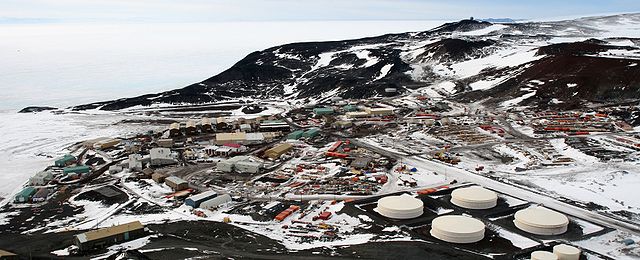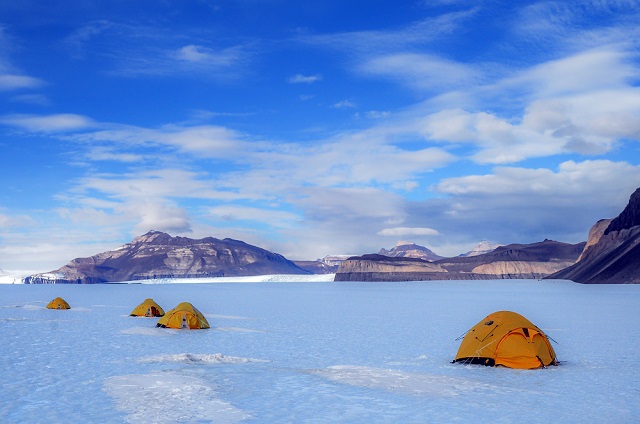17 January, 2016 by Staff Reporter
Antarctica’s massive ice sheet acts as a global heat sink. As a result, changes in the make-up of Antarctic clouds, such as the amount of ground they cover or how much radiation they absorb, can have ripple effects as far away as the tropics. Climate change researchers need to understand the physics of these clouds if they are to correctly work out how weather around the globe will change as the polar regions warm.
Scientists have not made detailed, in-place measurements of the skies above West Antarctica since weather balloon launches that occurred between 1957 and 1967. But a new project seeks to change that, gathering the first data of its kind for five decades, according to Nature News.

The Atmospheric Radiation Measurement West Antarctic Radiation Experiment (AWARE) is based at the United States’ Mc Murdo Station on Ross Island in Antarctica, and in December began to collect data crucial to understanding the unique microphysical properties of cloud formations in Antarctica. A second measurement station on the interior of the ice shelf, so remote it can only be used during the Antarctic summer, will operate until the 23rd of January.
The experiment is being is led by Dan Lubin, an atmospheric scientist at the Scripps Institution of Oceanography in La Jolla, California. The study aims to get the best data yet on clouds and aerosol particles above West Antarctica, including the movements and make-up of mixed?phase clouds, which occur in polar regions and combine supercooled water with ice particles.

Studies have shown that clouds moving across Antarctica’s interior are mostly made up of ice particles, while those moving inland from the coast contain more liquid water. West Antarctica is one of the most rapidly warming regions on Earth. This warming is closely connected with global sea level rise, and as the ice melts in Western Antarctica, rising sea levels are affecting the number of coastal clouds moving inland, those which contain greater amounts of water. This in turn affects the amount of sunlight reflected back into space, with those clouds consisting mostly of water reflecting back less sunlight than those made mostly of ice. This has wide-reaching effects on weather patterns and atmospheric circulation. The AWARE measurements from the West Antarctic interior are designed to capture the height of the summer melt season.
Satellites such as NASA’s CloudSat and CALIPSO (Cloud-Aerosol Lidar and Infrared Pathfinder Satellite Observations) can probe the internal structure of Antarctic clouds, but in only a narrow ribbon as seen directly beneath the spacecraft’s orbit. AWARE uses multiple radar instruments and a remote sensing technology that measures distance to explore the clouds’ many layers, examining properties such as phase and particle size at various altitudes.
Early AWARE data show mixed-phase clouds over McMurdo, in the first detailed measurements of such cloud systems outside the Arctic. Getting the basic data should help scientists to better understand how Antarctic clouds will respond to a changing climate.